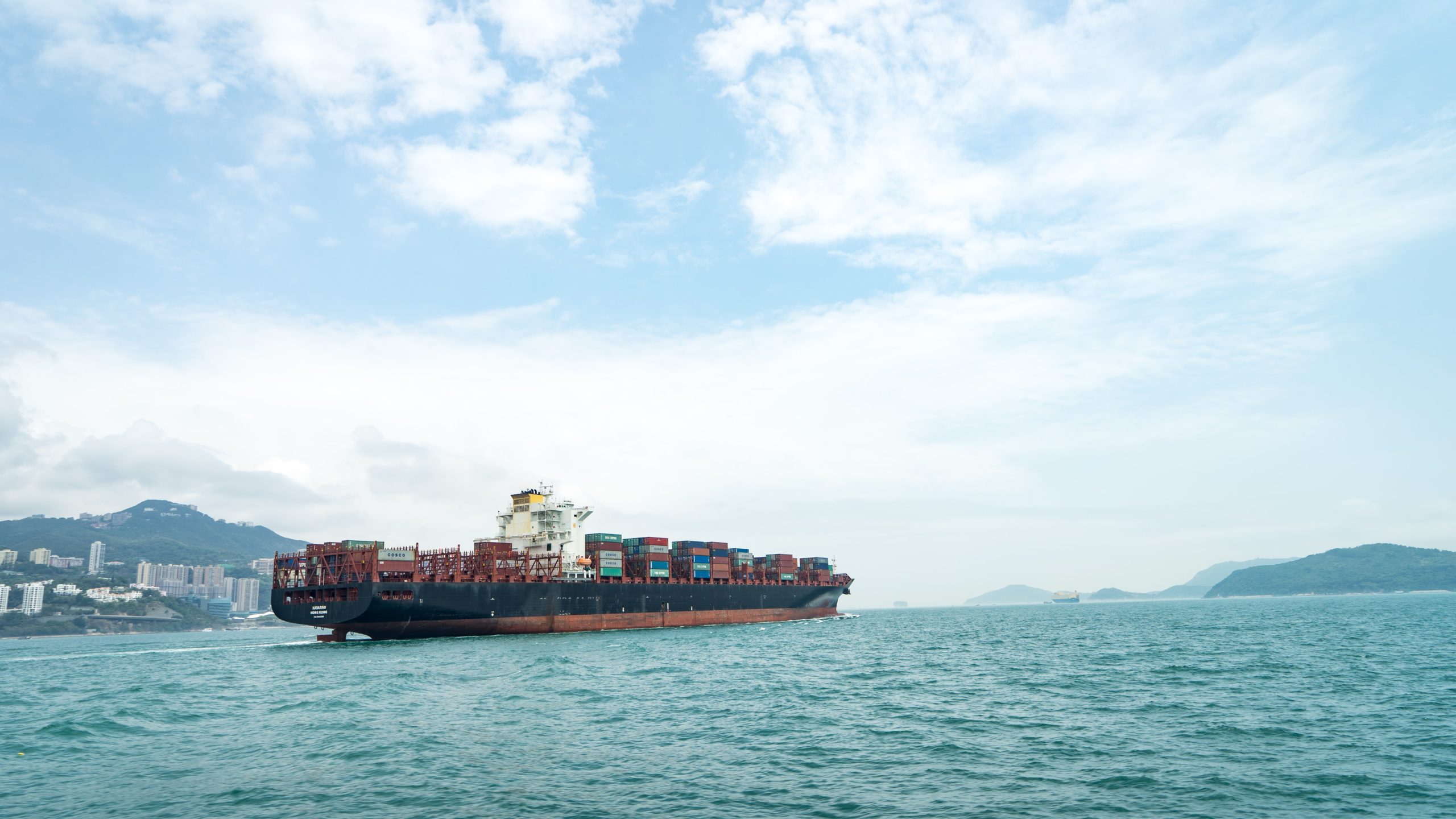Ocean outlook 2023: Are you prepared for next year?
Nov 21, 2022
Scroll to find out more
Nov 21, 2022
Scroll to find out more

Certainty has been in short supply in the world of logistics in recent years. Shippers, manufacturers and carriers have all had to learn to adjust to changing circumstances, from public health to politics, stocking trends to strikes. Throughout it all, many have been wondering, sometimes desperately, when things will get back to normal – it’s a question we’ve been asked on countless calls, roundtables and webinars.
The hard pill to swallow is that ‘normal’ as we once knew it – low rates, abundant capacity and steady-state planning – is unlikely to ever come back. While the direct effects of the pandemic have slowed, but not stopped – think China’s zero-Covid policy – the ways it forced everyone in the supply chain to adapt will have long lasting consequences.
To understand more about what we can expect from next year’s ocean freight market, we sat down with logistics veteran Lars Jensen, CEO and founder of Vespucci Maritime, on our weekly podcast Freight to the Point. Lars brings over 20 years experience in freight, advising international leaders on their shipping and logistics strategy and is a regular contributor with Zencargo.
Here we explore what we can expect from next year, and what shippers can – and must – do.
‘What I would like to say in 2023 is that we are getting out of the tunnel now. Unfortunately, we are coming out of the tunnel only to discover that the bridge we go onto has collapsed,’ explains Lars.
Signs indicate that we are in the early stages of a relatively large global recession driven by inflation, increasing energy costs and geopolitical instability. This blow to consumer confidence is also driving a major inventory correction, especially in the US, to some degree in Europe as well.
Expect this to drive a significant decline in container demand volumes over the coming months – combined with the resolution of the last Covid-bottlenecks and the arrival of new ships, carriers are going to have to react.
Before anyone says “Well this is fantastic, my freight rates are going to go through the floor, I’m going to save a lot of money,” – one thing to keep in mind is if this is really the scenario we are looking at, it would also mean you should prepare for massive cancellations of services out there.’ says Lars.
As we are still in the earlier days of destocking, and more capacity is due to enter the market, expect aggressive use of blanked sailings to come.
The chief driver of supply chain context going forward will be demand – as long as economic conditions remain sluggish, importers will keep orders low and carriers will restrict capacity to maintain rates. The conditions driving this demand slump are complex, so any predictions must be taken with a grain of salt, but taking into account current, enduring delays in shipping routes, orders are unlikely to pick up until at least Q2 2023, depending on vertical and region.
‘It is going to be an extremely challenging environment to come up with agreements that will actually last as a lot of these contracts will be negotiated in an environment that is dominated by two factors – oversupply at that time due to the structural factors and backlash from a lot of the shippers that feel short changed over the last couple of years.’ warns Lars.
Shippers that sign a low-rate agreement early in the year face a gamble – if demand stays low, they may enjoy a low rate for the year, but if post-Chinese New Year demand picks up, they may be unable to find space at their contracted rates.
In an uncertain future, as in the uncertain past, shippers that embed flexibility and control in their supply chain will be best placed to respond to changes in the market. All-or-nothing strategies, whether that’s over-allocated contracts or full spot market speculation bring their own risks – but planning with the right information and options can help you adapt to whatever comes.
In order to follow, quantify and act on the changes in the market, shippers need:
Zencargo’s supply chain platform is built with agile supply chain in mind, giving you the data, insight and collaboration you and your team need to plan for and respond to changes in the market. Our logistics professionals have worked with some of the world’s fastest growing businesses to help them build, optimise and execute their strategies for the new supply chain reality, keeping stock moving and customers happy.
To find out more about how you prepare your business to thrive in a volatile future, get in touch with our team today.


To find out more, book a free consultation with one of our experts today.

If you’re looking for a partner who can support you through 2024, and beyond, w...